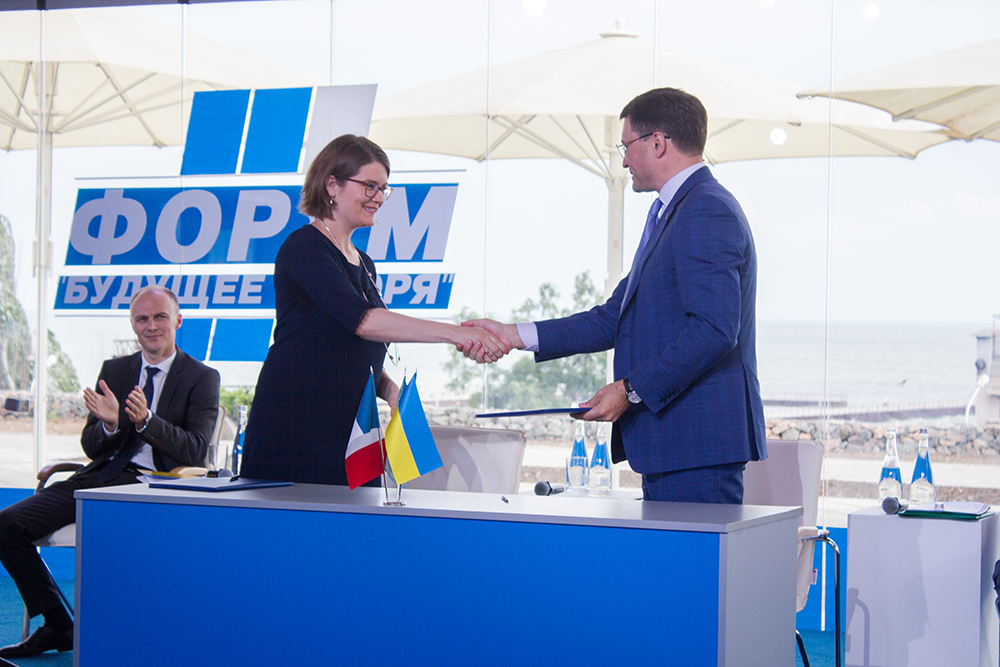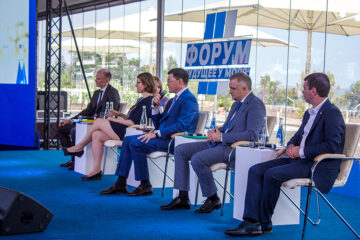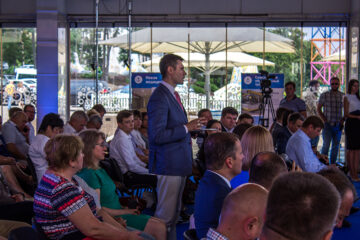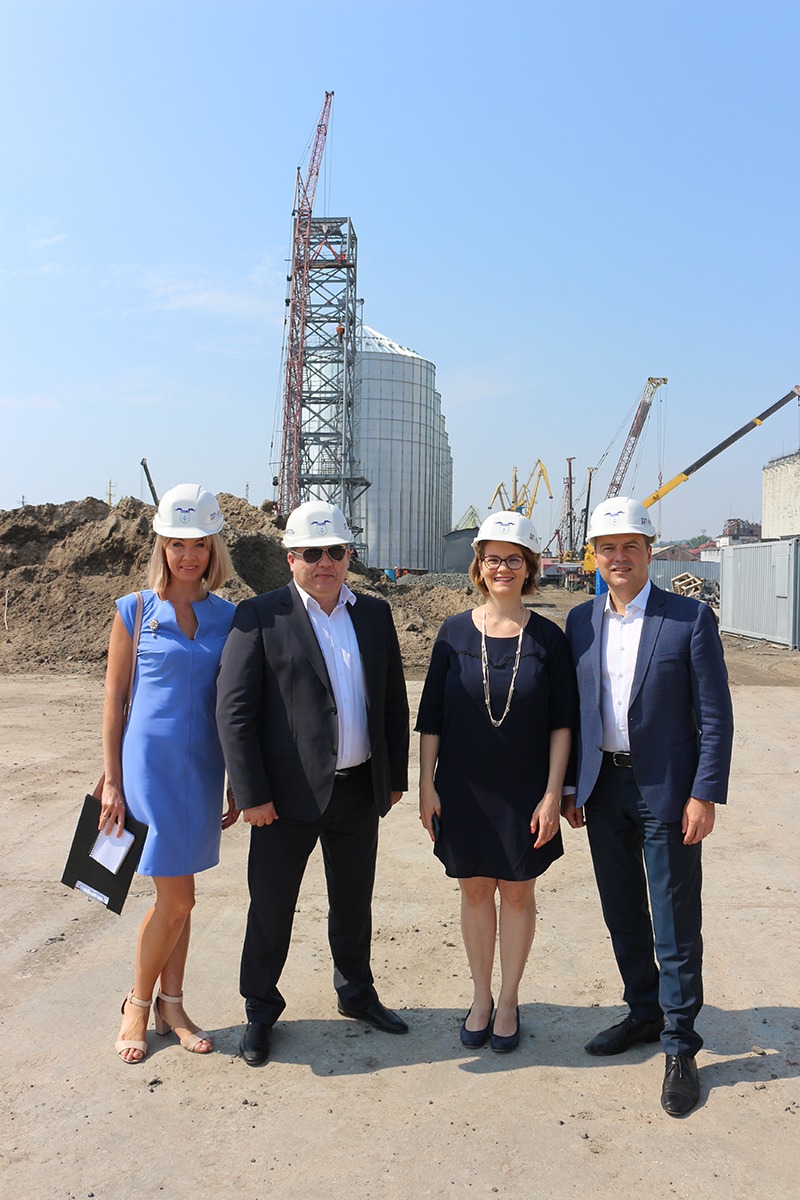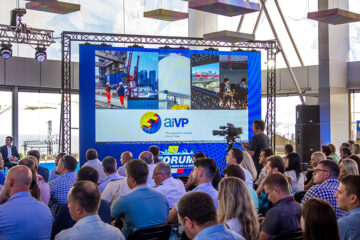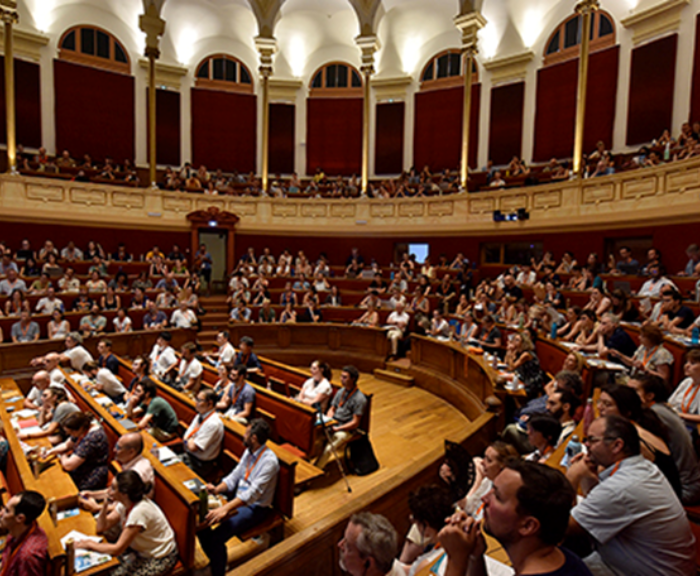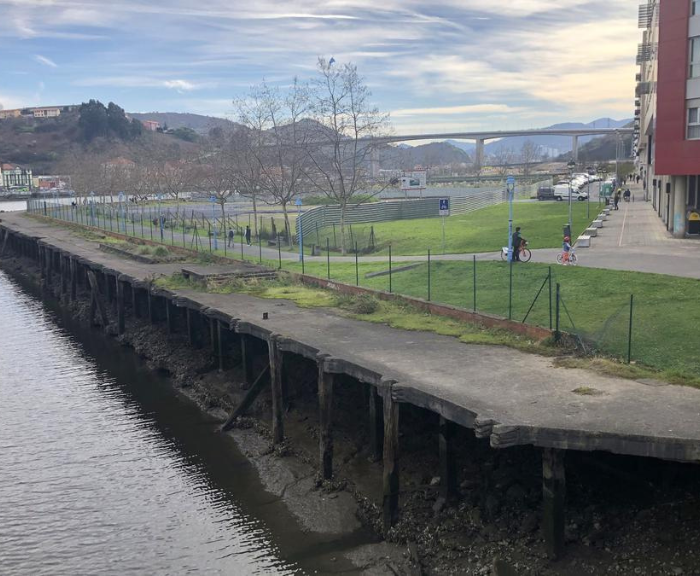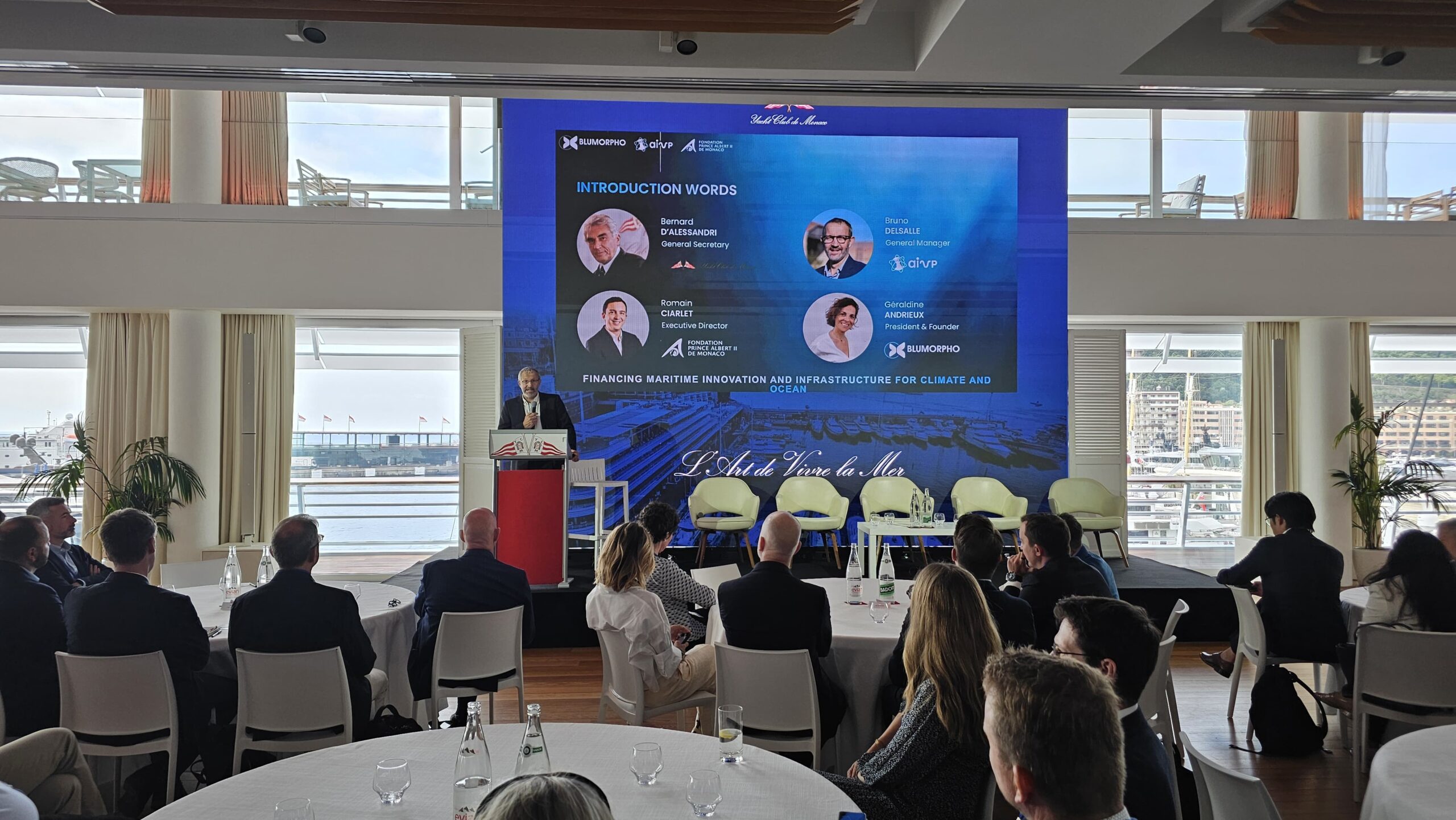The city of Mariupol (Ukraine) has just become the newest member of the AIVP network. It is the first Ukrainian city to join us, adding yet another country to the list of members. To mark the occasion, the city invited AIVP to take part in a forum on port cities, held on 17 July 2019.
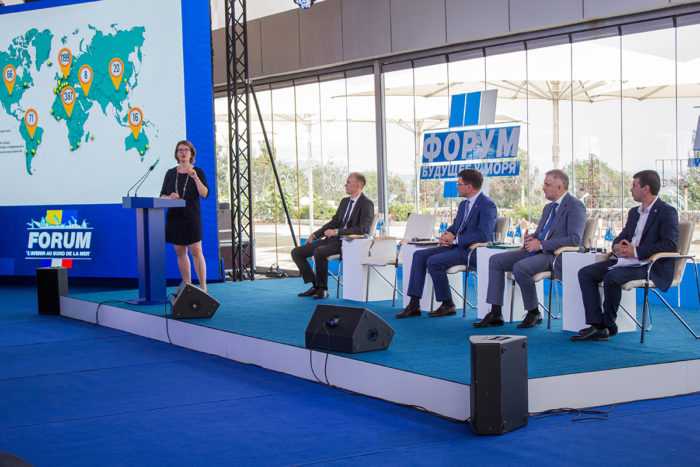 The forum, attended mainly by residents of Mariupol, along with representatives from the cities of Odessa and Chernomorsk, focused on the issues of funding and ways of ensuring that the wealth generated by ports stays in the local area, rather than going to the State. Hermeline DELEPOUVE, head of communications at AIVP, gave a presentation on our network and the services it provides to our members. The forum officially ended with a brief ceremony marking Mariupol’s admission to the AIVP family, as a sign of the city’s commitment to joining the international community.
The forum, attended mainly by residents of Mariupol, along with representatives from the cities of Odessa and Chernomorsk, focused on the issues of funding and ways of ensuring that the wealth generated by ports stays in the local area, rather than going to the State. Hermeline DELEPOUVE, head of communications at AIVP, gave a presentation on our network and the services it provides to our members. The forum officially ended with a brief ceremony marking Mariupol’s admission to the AIVP family, as a sign of the city’s commitment to joining the international community.
The city, which has suffered in the recent conflict in the Donbass, has a number of coastal urban development projects in the pipeline, including plans for a promenade, cable car, and beach with facilities. It is keen to restore its status as a tourist destination. However, that ambition must be balanced with the port and industrial installations, some of which are very imposing: the railway that runs along the beach, the steelworks with their polluting emissions, or the slag heaps that have not yet been properly processed. As indicated by Mayor Vadym BOICHENKO on his visit to Le Havre, the city is keen to make the transition from an industrial city to a post-industrial one, meaning that it wishes to retain its industrial facilities (while making them greener), while diversifying its economic activities.
Hermeline DELEPOUVE also took the opportunity to visit the port installations. Mariupol is the only deep water port on the Azov Sea, but has seen its activity significantly reduced (from 15 to just 4 million tonnes per year), owing to the Donbass war:
- Roads and railways have been damaged
- Some of the mines which generated exports are no longer under Ukrainian control
- The air draught (35 metres) of the Kerch Strait Bridge (which links the annexed Crimean territory with Russia), opened in 2018, is too low to allow Panamax vessels to pass through
The port director has undertaken a vast operation to convert the port’s activities, in order to safeguard the 3,500 jobs that directly depend on it. Some 90% of the goods that pass through the port are destined for export, and the docks formerly used exclusively for steel products are now being transformed to handle exports of wheat, as well as sunflower-based products (oil, seeds and must). In addition, a major training plan has been organised to help workers switch to new trades. As a result, the port continues to operate all year round. It also now imports wind turbines, another new activity.
AIVP members can learn more about the port and the issues facing it through our network’s experience sharing initiative.

